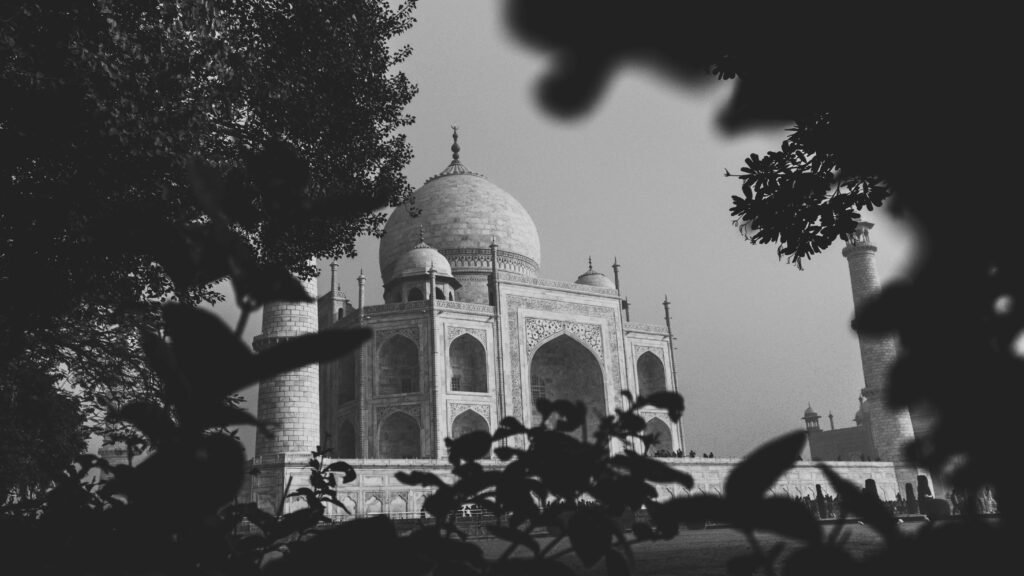South India North India Travel Itinerary: From Delhi's Palaces to Kerala's Coast
Introduction: Embracing the Duality of India
Part 1: Essential Pre-Travel Planning
Before you set off on your South India North India travel itinerary, a little planning is essential for a smooth journey. To that end, here’s a breakdown of the fundamental details you need to know.
- Currency: The Indian Rupee (INR) is the official currency. While credit and debit cards are widely accepted in hotels and larger restaurants in cities, you will need cash for local markets, auto-rickshaws, and smaller vendors.
- Time Zone: India operates on a single time zone, Indian Standard Time (IST), which is UTC +5:30. It does not observe Daylight Saving Time.
- Best Time to Visit: The optimal window for this particular South India North India travel itinerary is between October and March. During these months, the weather in the North (Delhi, Agra) is pleasantly cool and fog-free, perfect for sightseeing. Simultaneously, the South (Nagercoil) enjoys its most comfortable period, after the monsoon, with lush greenery and manageable humidity.
- Places to Exchange Money: Avoid exchanging large sums at the airport, as rates are typically poor.
- Authorized Money Changers: Instead, look for licensed bureaus de change in major cities like Delhi. Always check the rate and commission before proceeding.
- Banks: Major banks like State Bank of India (SBI) or HDFC Bank are also reliable options.
- ATMs: For the utmost convenience, ATMs are ubiquitous in cities and towns. However, be sure to inform your bank of your travel dates beforehand to avoid your card being blocked.
- Travel Apps to Download: Your smartphone will be your best travel companion. Specifically, make sure to have these apps ready:
- Uber, Ola, or Sahkar: These ride-hailing apps are essential in Delhi and Agra, offering auto-rickshaw and car options with transparent, meter-free pricing.
- Google Maps / Maps.me: Indispensable for navigation and locating restaurants and attractions.
- IRCTC: The official app for booking Indian Railways tickets, a must if you plan to travel by train or try “Make my trip“
- PayTM/PhonePe: Digital wallet apps that are hugely popular for everything from paying a street vendor to topping up your mobile phone.
- Popular food review and delivery apps: The primary and most popular food review and delivery apps in India are Zomato and Swiggy.
Part 2: The Northern Leg – History, Majesty, and Chaos
Your South India, North India travel itinerary begins in the bustling North.
Delhi: The Capital’s Contrasts
Delhi is a city of immense history and vibrant modern life. Two days here provides a perfect introduction.
Explore the Historic Heart of Old Delhi: Dive into the chaos and charm of Old Delhi. Wander through the narrow lanes of Chandni Chowk, a sensory overload of spices, sweets, and textiles. Visit the majestic Jama Masjid, one of India’s largest mosques, and then explore the massive Red Fort, a UNESCO World Heritage site and a powerful symbol of the Mughal empire. A cycle rickshaw ride through these lanes is an experience in itself.
Discover the Grandeur of New Delhi: Contrast the old with the new. Drive along the grand Rajpath to see the India Gate and the Presidential Palace. Don’t miss the stunning Humayun’s Tomb, a precursor to the Taj Mahal, and the intricate minaret of Qutub Minar, another UNESCO site. These monuments offer a profound sense of scale and history.
Agra: A Monument to Love
A short train or car ride from Delhi lies Agra, home to one of the Wonders of the World.
Witness the Taj Mahal at Sunrise: No South India North India travel itinerary is complete without this. Visit the Taj Mahal at sunrise to see the white marble glow in the soft morning light. The sheer perfection of its symmetry and the story behind its creation are awe-inspiring. Spend at least two hours here, exploring the main mausoleum and the surrounding gardens.
Explore Agra Fort: Just a few kilometers from the Taj, the massive Agra Fort is a fortified city made of red sandstone. It was the main residence of the Mughal Emperors and offers incredible views of the Taj Mahal from its balconies, providing a different perspective on the iconic monument.
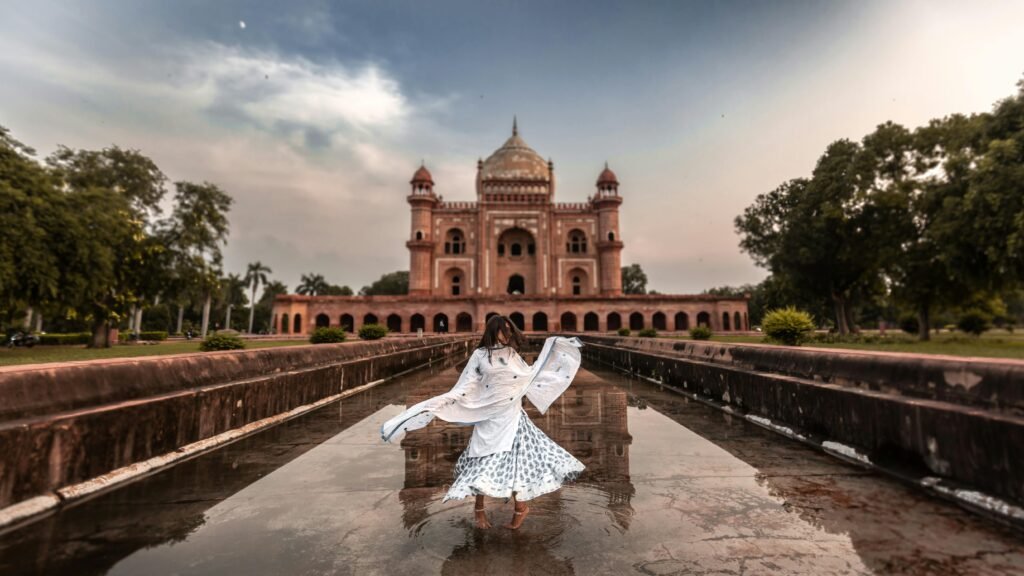
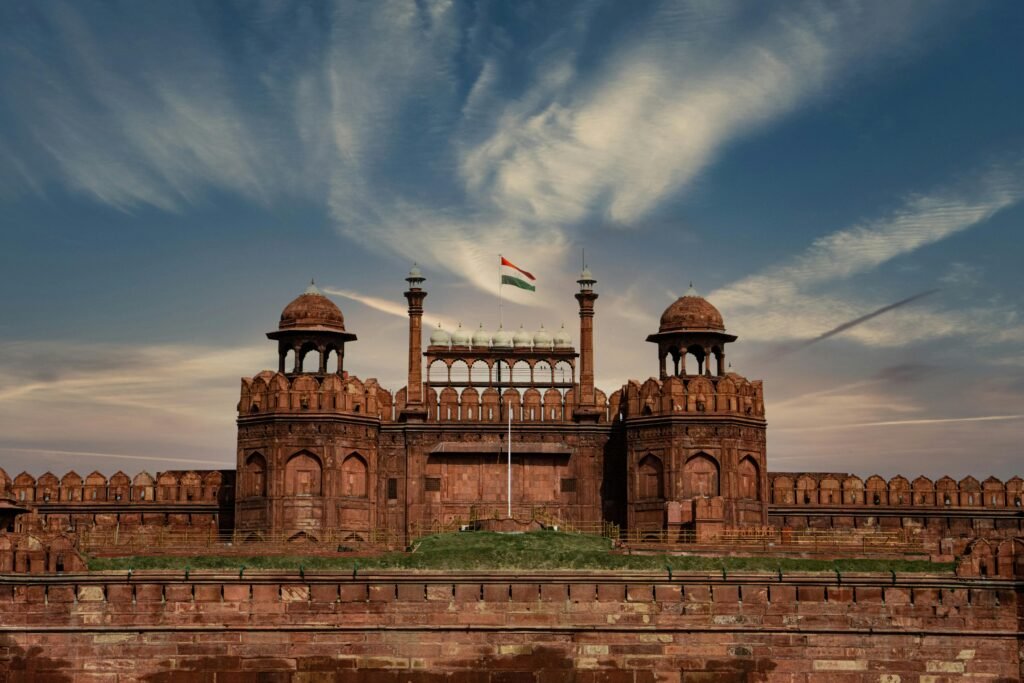
Part 3: The Southern Leg – Spirituality, Serenity, and Spices
After the historical grandeur of the North, you’ll fly south to experience a different India. You will fly into Thiruvananthapuram International Airport (TRV), which is the nearest major airport to Nagercoil (about 60-90 minutes by road).
Nagercoil & Tamil Nadu’s Deep South
Nagercoil is the gateway to some of Tamil Nadu’s most sacred and scenic sites. This part of your South India North India travel itinerary is about slowing down and absorbing the spiritual and natural beauty.
Visit the Thanumalayan Temple (Sthanumalayan Kovil) in Suchindram: A short drive from Nagercoil, this temple is an architectural marvel dedicated to a unique trinity of Shiva, Vishnu, and Brahma. Look for the massive, 18-foot-tall Hanuman statue and the musical pillars that produce different notes when tapped. The intricate stone carvings are breathtaking.
Journey to Kanyakumari (Cape Comorin): This is a must-do. Kanyakumari is the southernmost tip of mainland India, where the Arabian Sea, the Bay of Bengal, and the Indian Ocean converge. The sunset and sunrise views here are legendary. Visit the Vivekananda Rock Memorial, reached by a short ferry ride, and the towering Thiruvalluvar Statue. The spiritual energy of this place is palpable.
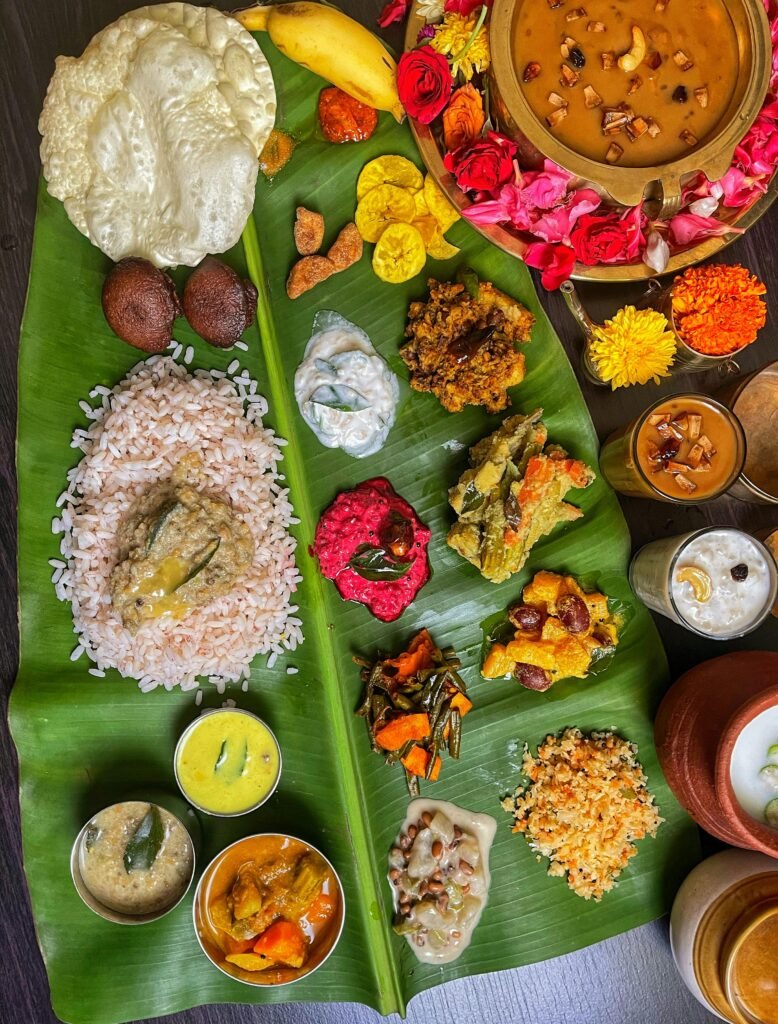
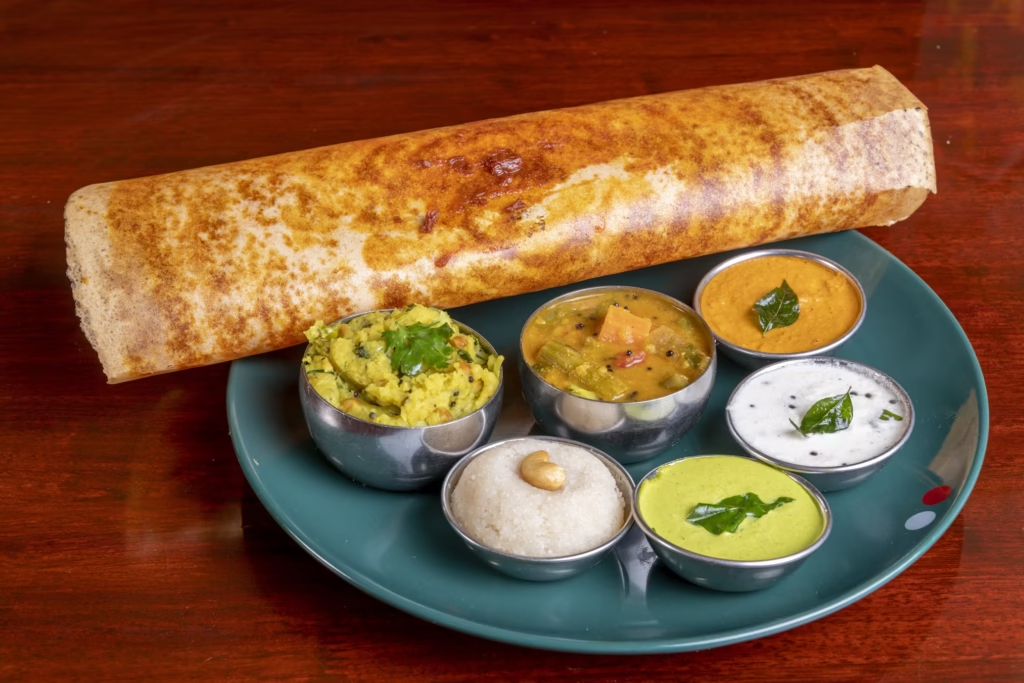
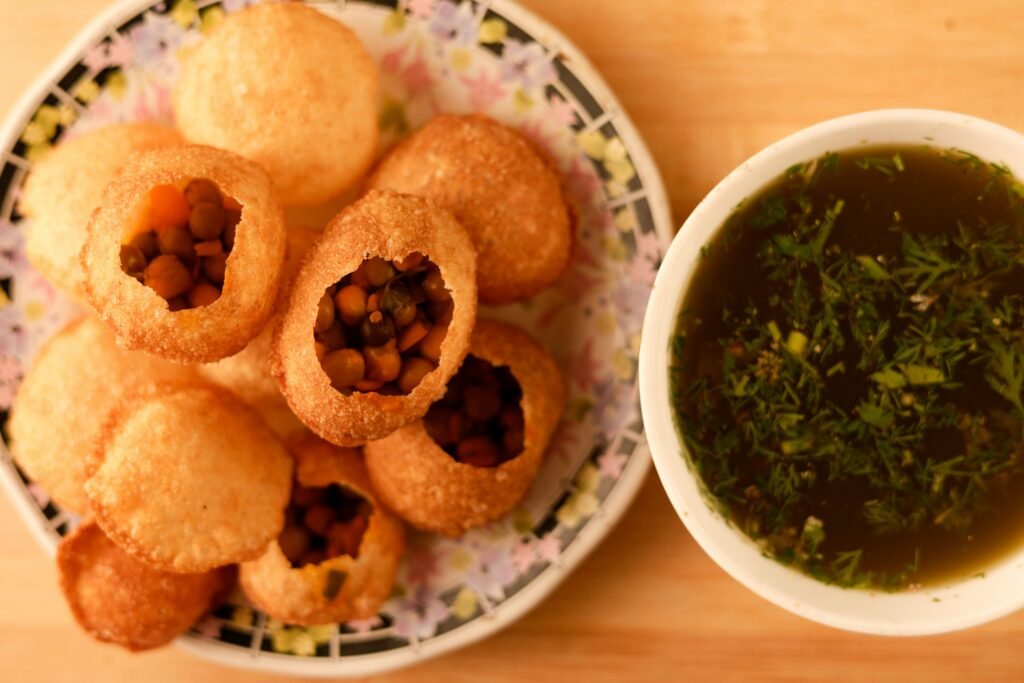
Part 4: The Culinary Journey – A Food Lover’s Guide
A South India, North India travel itinerary is as much a culinary pilgrimage as a visual one.
- North Indian Delights: In Delhi and Agra, indulge in rich, aromatic dishes. Must-tries include:
- Butter Chicken & Naan: A creamy, tomato-based curry with tender chicken, paired with fluffy, leavened bread.
- Chole Bhature: A classic Delhi street food of spicy chickpeas with deep-fried, fluffy bread.
- Mughlai Cuisine: In Agra, try rich, meat-based dishes like biryani and kebabs that reflect its royal history.
- Street Food Tour: In Old Delhi, embark on a food walk to sample samosas, jalebi, and chaat.
- South Indian Feast: The food in Nagercoil is typical of Tamil Nadu but with its own local flair.
- Authentic Meals: Seek out a traditional “meals” restaurant where you get a large banana leaf served with an array of vegetable curries, sambar, rasam, curd, and pickles, with unlimited rice.
- Seafood: Being a coastal region, fresh fish curry is a staple.
- Dosas & Idlis: Enjoy these fermented rice and lentil crepes and steamed cakes for breakfast with coconut chutney and sambar.
- Kerala Influence: Given the proximity to Kerala, you’ll also find appam (lacey hopper pancakes) with stew on menus.
Conclusion: A Journey of a Lifetime
Completing this South India North India travel itinerary is more than just checking off landmarks; it’s an immersion into the soul of a subcontinent. You’ll carry the memory of the Taj Mahal’s majesty, the vibrant chaos of Delhi, the profound peace of Kanyakumari’s shores, and the explosive flavors of both regional cuisines. This journey showcases the incredible spectrum of experiences India has to offer, proving that its true beauty lies in its captivating contrasts. With this guide in hand, you are ready to embark on an unforgettable adventure.
Frequently Asked Questions (FAQ): Your South India North India Travel Itinerary
1. What is the best way to travel between Delhi and Agra?
The most efficient ways are by train or private car. The Gatimaan Express and Vande Bharat Express are premium trains that cover the distance in about 1.5 to 2 hours.
2. Which airport do I fly into for the southern part of this itinerary?
You will fly into Thiruvananthapuram International Airport (TRV) in Kerala. This is the closest major airport to Nagercoil, located about 60-90 minutes away by road.
3. What type of power plugs and voltage are used in India?
India primarily uses Type D and Type M plugs. The standard voltage is 230 V. It is highly recommended to carry a universal travel adapter.
4. Is it safe to drink tap water in India?
No, it is not safe for visitors to drink tap water. Stick to bottled or filtered water and avoid ice in drinks from street vendors.
5. What should I wear when visiting temples in South India?
Modest dress is required. Cover your shoulders and knees. It is customary to remove your footwear before entering a temple complex.
6. What is the emergency number in India?
The single, all-in-one emergency number is 112. You can also dial 100 for the police, 101 for the fire, and 102 for an ambulance.
7. Do I need a visa to travel to India?
Yes, most foreign nationals require a visa. The e-Visa system is the most convenient way to obtain a visa for tourism.
8. How should I handle currency exchange?
Avoid exchanging large amounts of money at the airport. Instead, use ATMs or visit authorized currency exchange bureaus in major cities.
9. Can I use ride-hailing apps like Uber in all these cities?
Uber and Ola are widely used in Delhi and Agra, but their availability is limited in smaller towns like Nagercoil, where you will rely on auto-rickshaws and local taxis.
10. What makes this combined North & South itinerary special?
This itinerary offers a profound experience of India’s incredible diversity, contrasting the Mughal-era history of the North with the ancient Dravidian temple culture of the South.
11. Is street food safe to eat, and how can I choose wisely?
Street food is generally safe if you are selective. Choose vendors that are busy with locals, opt for food that is cooked fresh and served hot, and avoid pre-cut fruits, salads, and pre-made chutneys.
12. What should I do if I get traveler’s diarrhea or food poisoning?
This is a common concern, but easily manageable with this action plan:
Rehydrate Immediately: This is the most critical step. Drink plenty of sealed, bottled water and Oral Rehydration Solution (ORS). ORS sachets are available at any pharmacy in India and are essential for replacing lost fluids and salts.
Use Over-the-Counter Relief: For quick symptom control, these medicines are available at Indian pharmacies:
Loperamide (Brand: Imodium): Fast-acting to reduce frequency.
Racecadotril (Brand: Racecodot, Zedott): Reduces gut fluid secretion.
Bismuth Subsalicylate (Brand: Pepto-Bismol): A milder option for upset stomach and diarrhea.
Eat Bland Foods: Stick to simple, easy-to-digest foods like plain rice, bananas, toast, or yogurt until your stomach settles.
Know When to Seek Help: If symptoms are severe, persistent for more than 48 hours, or include a high fever or blood, stop self-medicating and seek medical attention immediately.
Important: Consult your doctor before your trip for personalized advice on medications to pack.

